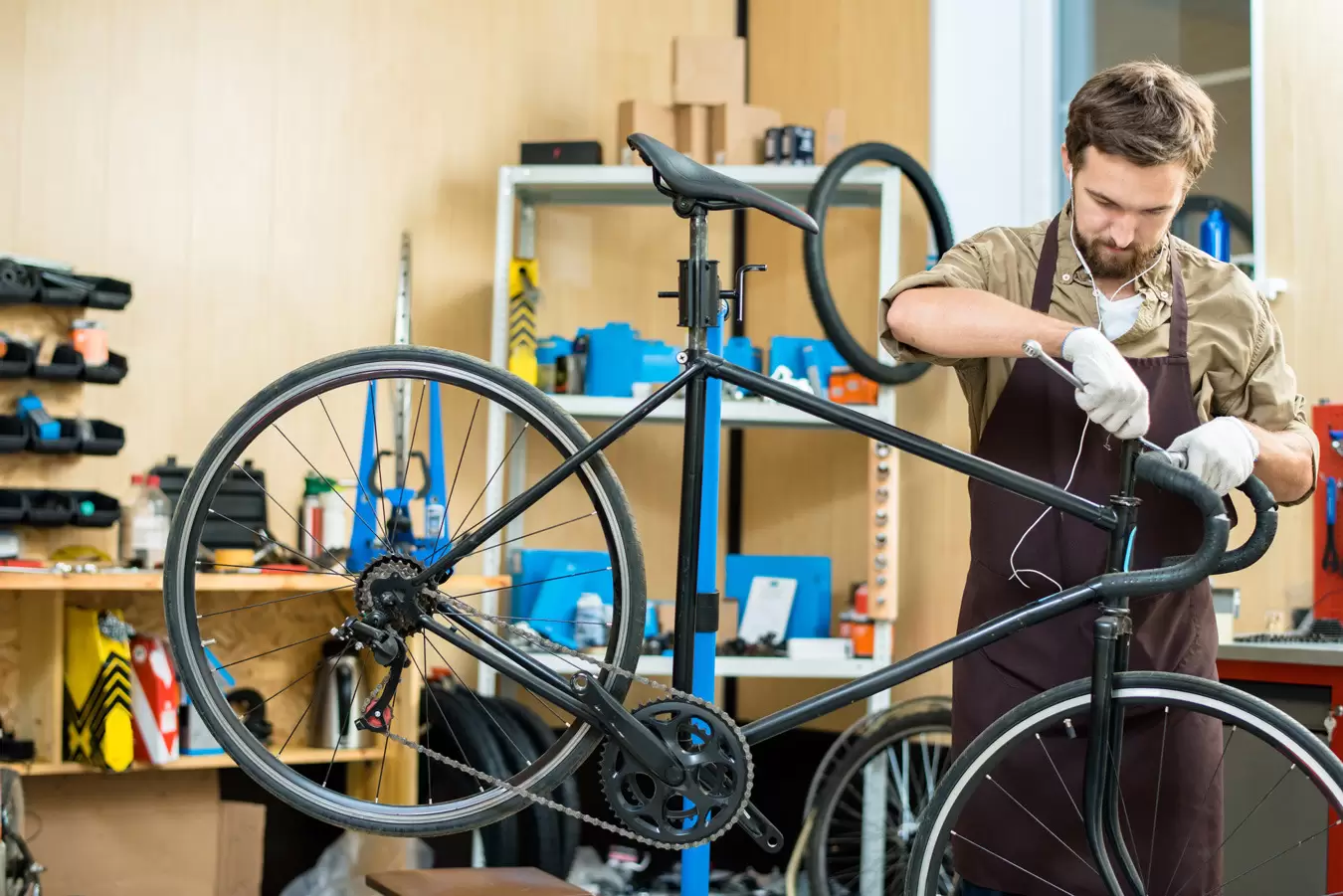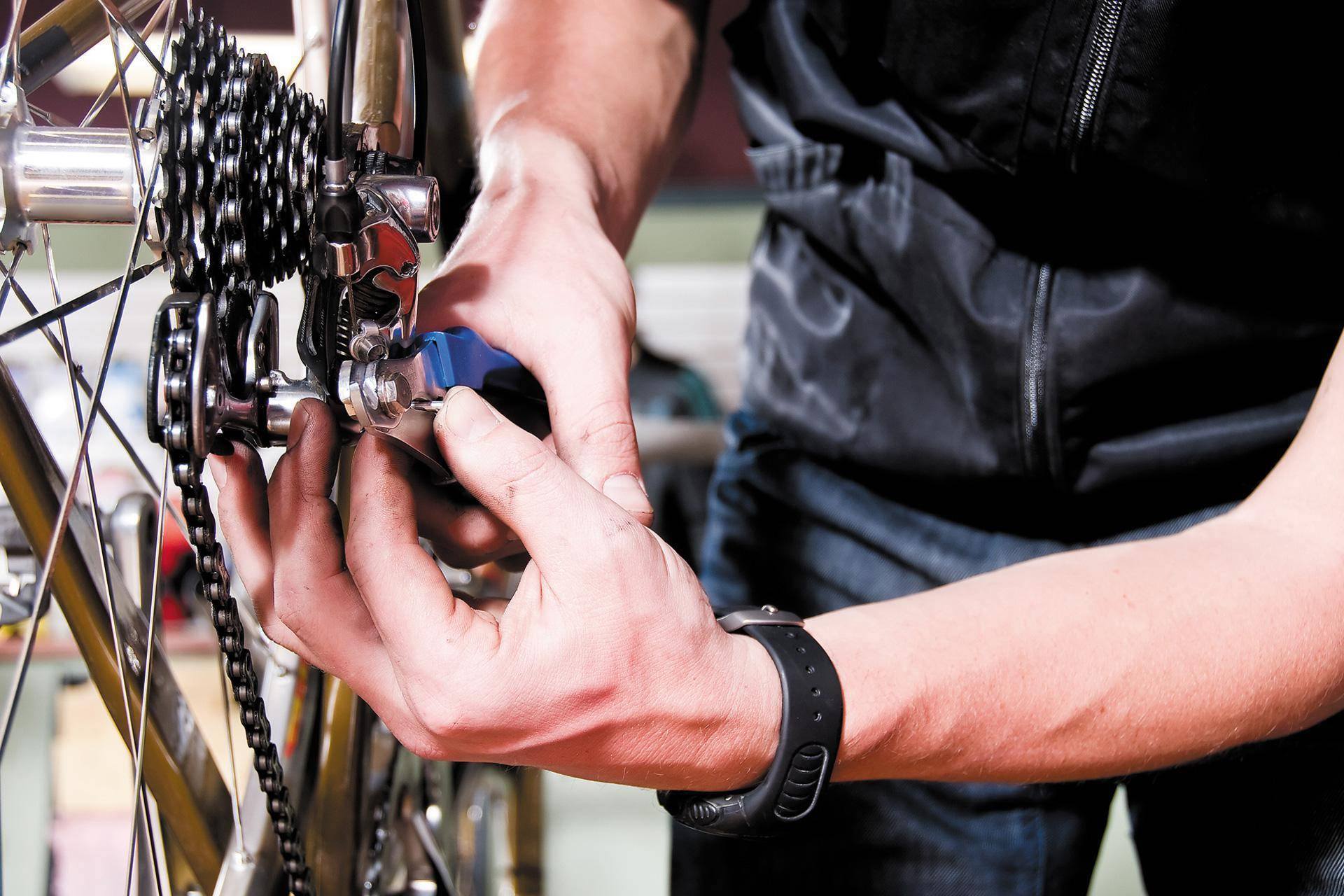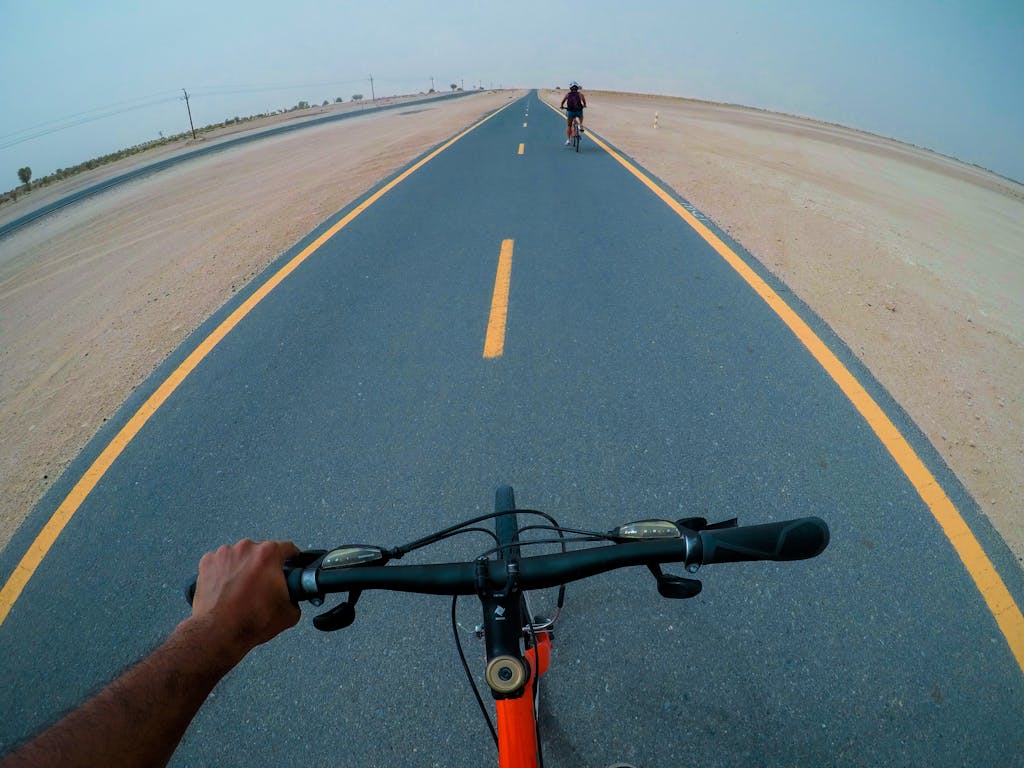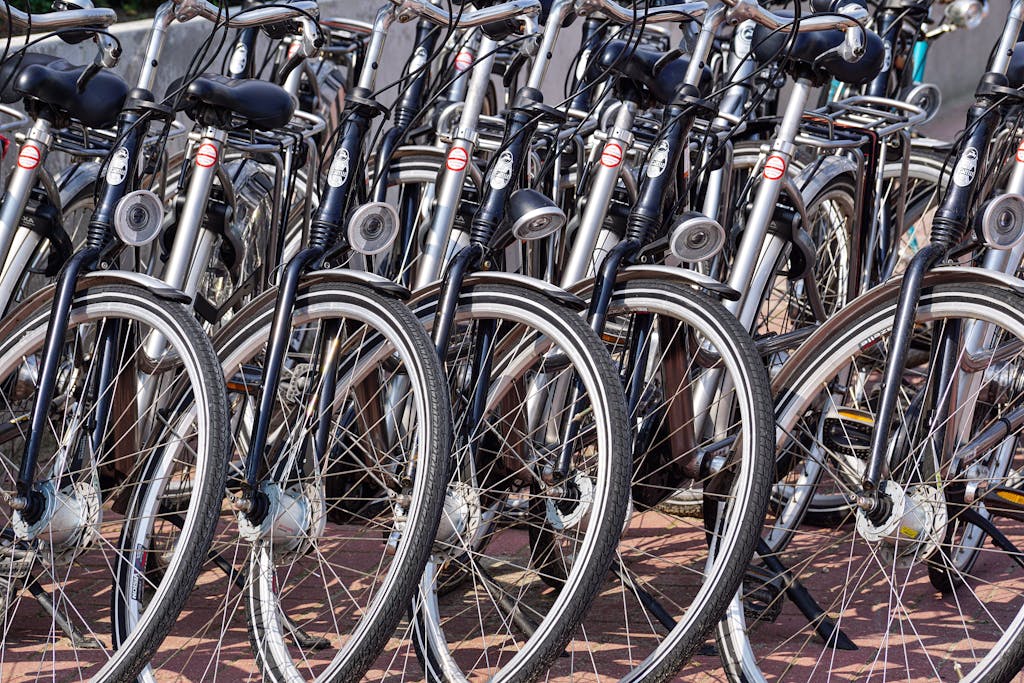Three nodes where wear begins
Author: Sion Costa

Introduction
The bicycle seems simple until you look deeper. At first glance, a pair of wheels, pedals, chain - and you can go anywhere. But in reality, every bike is a system in which many nodes work simultaneously, under load, in dust, on asphalt, in mud and in the rain. And it is this load that gradually leads to wear. The question is not whether something will be worn out, but-that will fail first.
Blog CyclitroNiona who has devoted himself to the art of reasonable driving and conscious care for a bicycle, is shared by an important analytics: which three bike systems are susceptible to wear first of all, how to notice it and when to apply for maintenance. We will talk about the brakes, transmission and bushings - those nodes that work every second during the trip and often cause troubles on the route, especially if you use the format plus With its increased load on all mechanisms.
Main part: three key systems and their weaknesses
1. Brakes: your safety on the descent and in the city
The working brake system is not only comfort, but also a security guarantee. Moreover, brake wear often begins unnoticed. First, a light creaking appears, then the braking distance increases, and then - the sudden absence of a response at the most inopportune moment.
How the brakes wear out:
- Rain brakes: The pads are erased, dents or irregularities on the rims appear.
- Disk mechanical: Trings are stretched, pads wear out, disks are polluted.
- Hydraulic systems: Pressure may decrease, air bubbles or loss of tightness appear.
What to check at home:
- The thickness of the pads
- Uniform wear
- The purity of the brake surface
- The responsiveness of the brake handle
- The presence of backlash when pressing
Brakes are especially vulnerable in bicycles with wide tires plus , after all, an enlarged contact spot and mass require more braking. This means that the pads are erased faster, and the brake discs are heated stronger.
Council from CyclitroNiona : Carry out a visual inspection of the brake system at least once a month. And when driving in the mountains or frequent braking - more often. Even the new system needs to set up and periodic control.
2. Transmission: rhythm and movement efficiency
The chain, cassette, stars, switches - the transmission is responsible for the transfer of efforts and smoothness of pedaling. She works under constant pressure, faces dust, sand, moisture and oil. So, wears out continuously.
How wear and tear is manifested:
- The chain stretches and jumps
- Stars "drag" and lose their shape
- Clicks appear when switching
- Programs do not switch clearly or "delay"
- Cables begin to seize, especially in bends
Even under ideal conditions, the chain serves about 1000-1500 km. If you use the format plus And go on the road, then the term can be reduced by one and a half to two times due to an increased load.
How to check the transmission:

- Measure the chain stretching with caliber
- Inspect the shape of the teeth on the stars
- Check the smoothness of switching
- Scroll the pedals idle and listen to the noise
If the chain is not replaced in time, it “kills” the cassette, and this is more expensive and more complicated. Therefore, prevention is your best ally.
Council from CyclitroNiona : Wash the transmission every 200-300 km, especially after rain or dirt. Lubricate only a dry chain and use a tool suitable for weather conditions. Do not overdo it - excess lubrication is also harmful.
3. Bushings: hidden, but critically important
Her bushings are those details that are often forgotten about. But it is they who ensure smooth rotation of the wheels and the correct operation of the entire structure. And if the sleeve begins to collapse, the consequences can be serious.
Typical signs of wear:
- The wheel rotates with jerks
- Backlash appears during lateral movement
- Clicks are heard, rattle, squeal
- The wheel does not spin freely, stops faster than usual
The wear of the bushings can be both mechanical (bearings are erased, gaps appear), and due to moisture and dirt from the hit. Especially suffer from the bushings of bicycles with the system plus Where the width and mass of the wheels increase the side load.
What to do at home:
- Check if there is a backlash
- Scroll the wheel and evaluate smoothness
- Listen to the sound of the work of the sleeve
- Evaluate the integrity of anthers and seals
Council from CyclitroNiona : If you notice changes in the sound of rotation or light backlash, do not wait. Preventive maintenance of the sleeve will save you money and time, especially if you replace only bearings, and not the entire knot.
Conclusion
Brakes, transmission and bushings - three pillars on which a reliable, safe and effective riding rests. It is these nodes that are the first to give signals that the bicycle needs attention. And it is with them that any maintenance should start, regardless of how often you drive, by what coating and what style you have.
This is especially true for bicycles in format plus where each system experiences increased loads and requires more frequent diagnostics. Blog CyclitroNiona He advises not to wait until the problem manifests itself on the route. Better one evening check of the house than an emergency stop on the road.
Let your brakes be clouded, the transmission will be accurate, and the bushings are silent. And you are calm and confident on any route.






